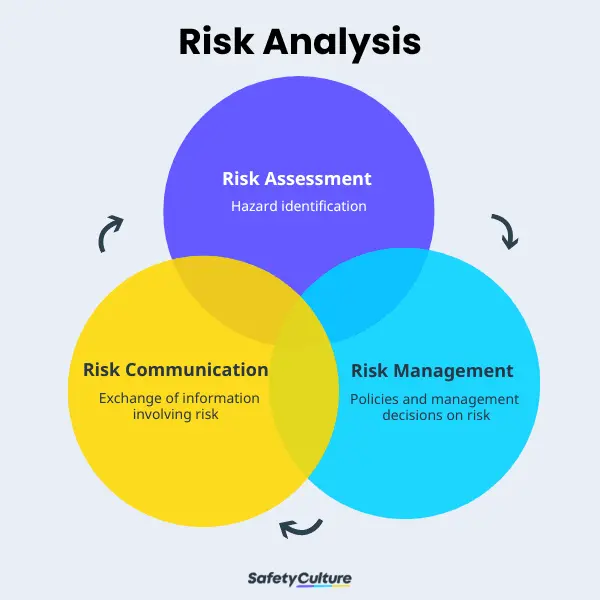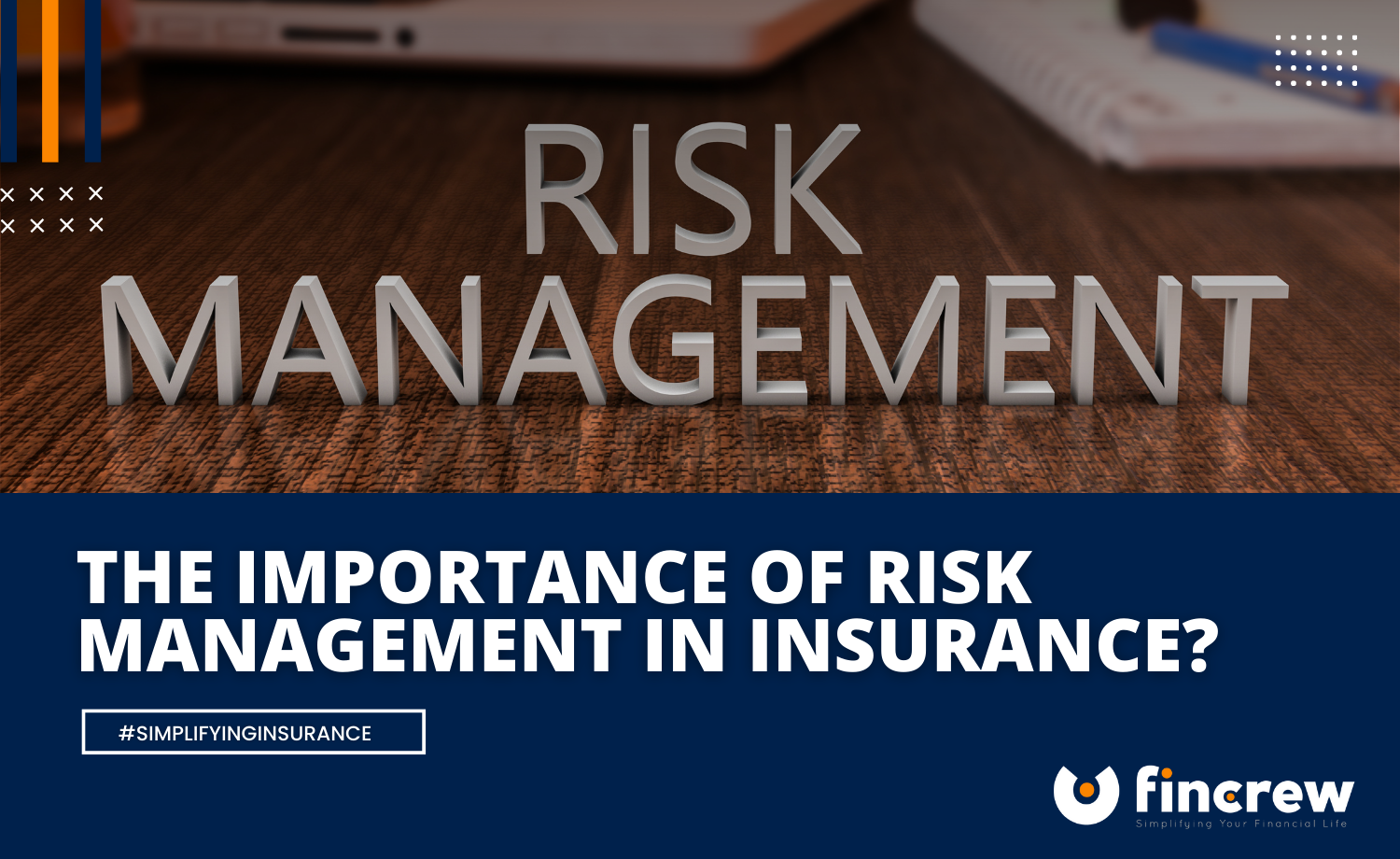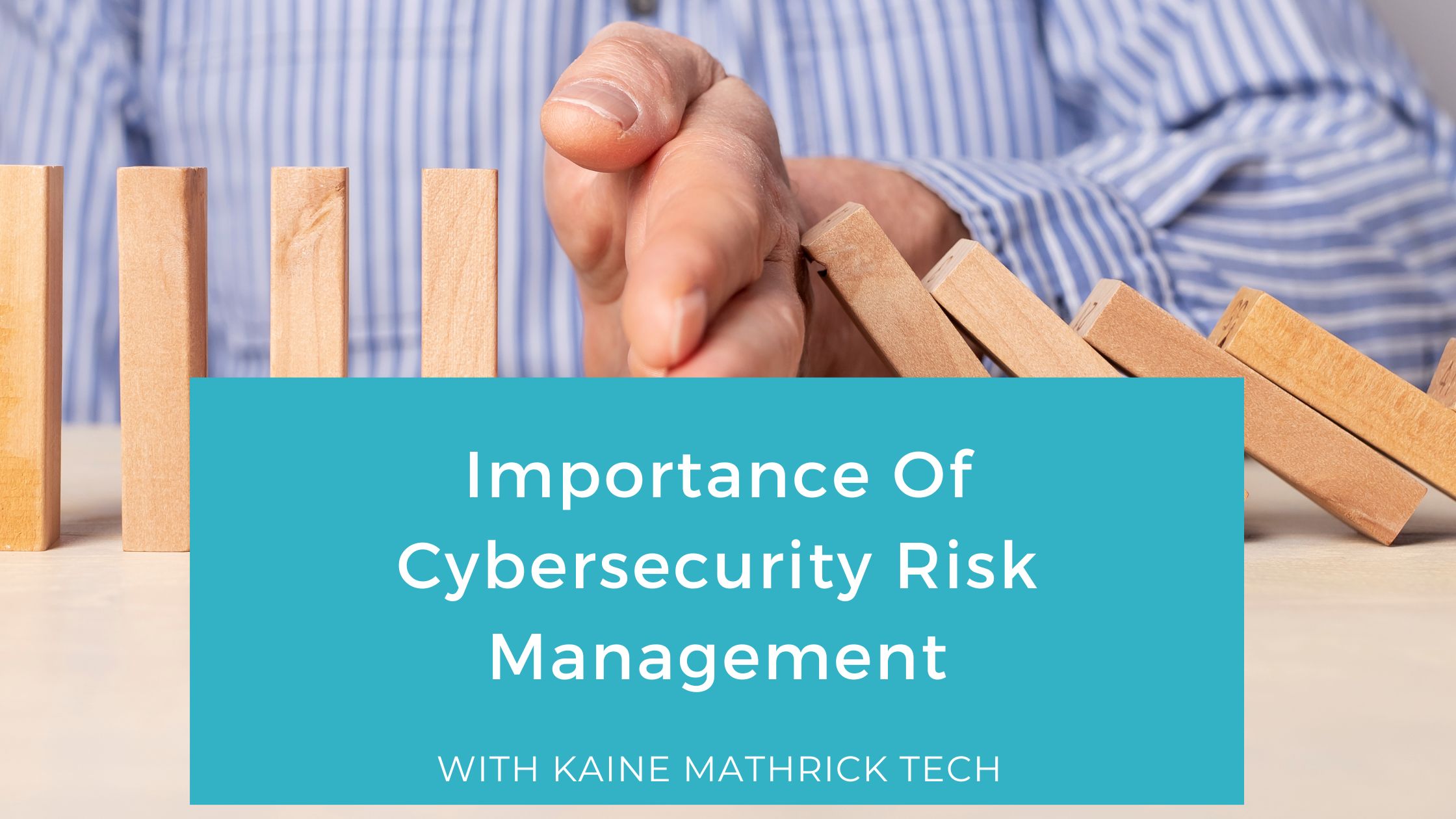Discovering the Value of Risk Management for Effective Decision-Making Approaches
In the complex world of service, Risk Management becomes an important element in the decision-making procedure. The ability to recognize prospective threats and chances, and strategize as necessary, can mean the distinction between success and failing. With tools such as SWOT and PESTEL, companies are geared up to make educated selections, fostering durability and flexibility in an ever-changing environment. Wondering exactly how this functions? Let's unload the characteristics further.
Recognizing the Concept of Risk Management
Risk Management, an important component in decision-making, is usually misunderstood or oversimplified. Risk Management includes organized and regimented methods, utilizing information and informative evaluations. From financial unpredictabilities, legal responsibilities, tactical Management errors, to mishaps and natural catastrophes, it addresses different risks - importance of risk management.
The Function of Risk Management in Decision-Making Processes
In the realm of critical preparation and company procedures, Risk Management plays an important role in decision-making procedures. It helps in identifying possible risks and unpredictabilities that might influence the accomplishment of business purposes. By mapping these dangers, companies can develop approaches to minimize their effect, guaranteeing organization continuity and security. Risk Management hence becomes a crucial device in decision-making, helping leaders to make educated choices based on a comprehensive understanding of the threats involved. It encourages a proactive technique, enabling organizations to prepare and anticipate for possible future scenarios. This substantially minimizes the chance of adverse effects, promoting a lot more efficient and effective decision-making methods. Risk Management serves as an important component in the decision-making processes of any kind of company.

How Risk Management Improves Strategic Planning
In the context of calculated preparation, Risk Management plays a crucial duty. Launching with the identification of potential risks, it better reaches the execution of Risk reduction steps. The function of Risk Management is dynamic however not static, as it demands continuous surveillance and adjusting of approaches.
Recognizing Potential Dangers

Carrying Out Risk Mitigation
Risk mitigation strategies can vary from Risk evasion, Risk transfer, to run the risk of reduction. Each technique ought to be customized to the particular Risk, considering its possible effect and the organization's Risk tolerance. Effective Risk reduction needs a deep understanding of the Risk landscape and the potential effect of each Risk.
Surveillance and Changing Strategies
Though Risk mitigation is a crucial action in tactical preparation, continuous surveillance and adjustment of these approaches is equally vital. This ongoing procedure allows companies to identify new threats and reassess existing ones, making sure the implemented methods remain efficient in the ever-changing organization environment. It likewise supplies an opportunity to examine the success of the Risk Management actions, allowing changes to be made where needed, further improving strategic planning. Efficient tracking and adjustment call for using analytics and key efficiency signs (KPIs) to gauge efficiency. These tools offer beneficial data-driven insights that can educate strategic decision-making. Consequently, tracking and readjusting Risk Management strategies is an essential component for improving an organization's strength and tactical preparation.
Case Researches: Effective Risk Management and Decision-Making
On the planet of service and money, effective Risk Management and decision-making frequently offer as the columns of thriving business. One such entity is an international oil business that minimized financial loss by hedging versus varying oil rates. In another circumstances, a tech start-up grew by identifying and accepting risky, high-reward strategies in an unstable market. reference A worldwide financial institution, confronted with governing uncertainties, effectively navigated the situation with proactive Risk evaluation and vibrant decision-making. These instances highlight the value of astute Risk Management in decision-making processes. It is not the lack of Risk, yet the Management of it, that commonly distinguishes effective business from not successful ones. These situations underscore the crucial role of Risk Management in calculated decision-making. importance of risk management.
Devices and Techniques for Reliable Risk Management
These tools, such as Risk registers and warm maps, aid in determining and analyzing prospective dangers. Risk reaction approaches, a crucial component of Risk Management, involve accepting, staying clear of, transferring, or mitigating risks. With these devices and strategies, decision-makers can browse the complex landscape of Risk Management, thus promoting educated and efficient decision-making.
Future Trends in Risk Management and Decision-Making Approaches
As we explore the huge landscape of Risk Management, it becomes evident that the methods and tools made use of today will certainly remain to advance. Future fads direct towards an enhanced dependence on technology, with man-made intelligence and device knowing playing considerable functions. These technologies will make it possible for organizations to anticipate possible threats with greater precision and make even more educated choices. Furthermore, there will certainly be an expanding emphasis on resilience, not simply in managing threats yet additionally in recovering from see this negative situations. Finally, the principle of Risk culture, where every member of an organization realizes and associated with Risk Management, will certainly obtain much more prestige. These trends proclaim a more aggressive and comprehensive approach in the direction of Risk Management and decision-making.
Final thought

Risk Management therefore comes to be a crucial tool in decision-making, aiding leaders to make educated choices based on an extensive understanding of the dangers included. Risk reduction methods can vary from Risk avoidance, Risk transfer, to risk decrease (importance of risk management). Efficient Risk reduction requires a deep understanding of the Risk landscape and the potential influence of each Risk. Risk reaction techniques, an here essential component of Risk Management, include approving, staying clear of, transferring, or mitigating dangers. The idea of Risk society, where every participant of a company is aware and included in Risk Management, will certainly get extra importance
Comments on “The Essential Importance of Risk Management in Financial Decision Making”